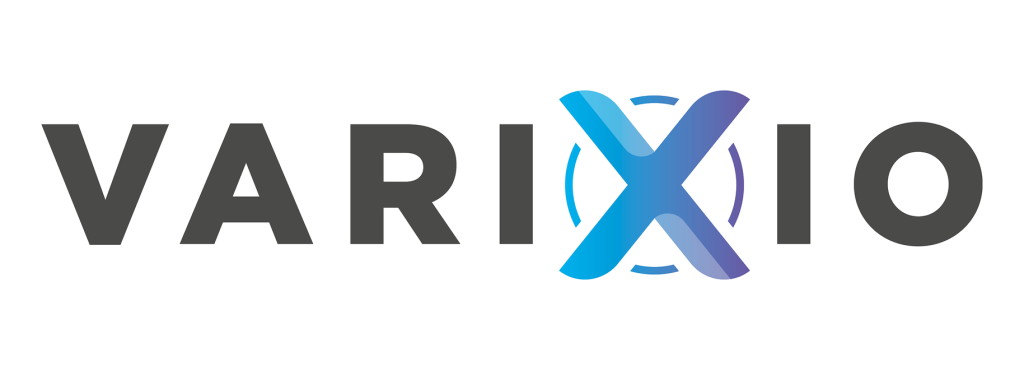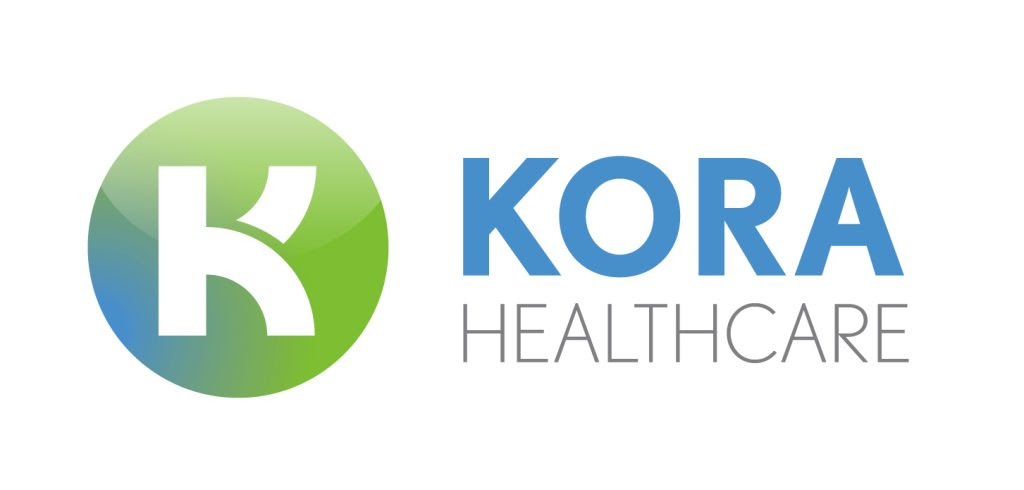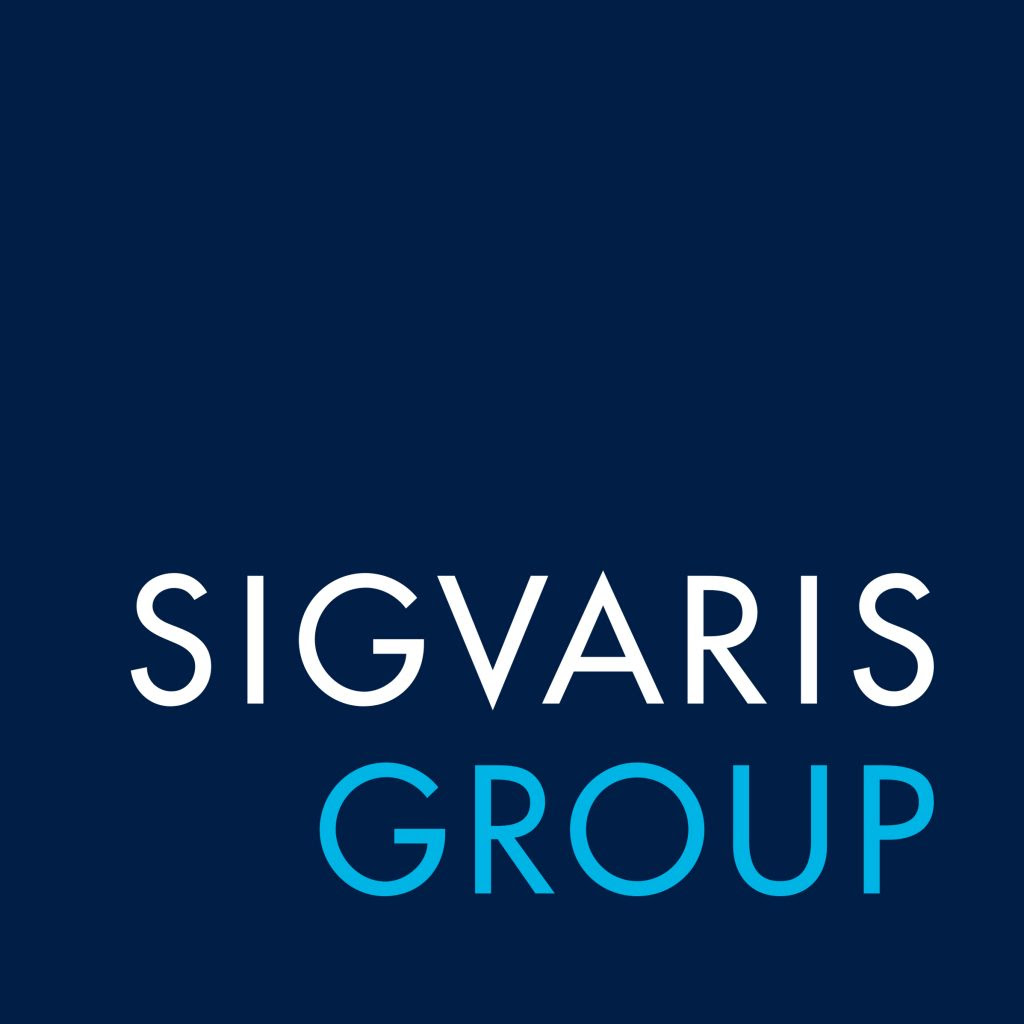
Missed BAS conference? Read all about it
An enthusiastic group of over 80 surgeons, doctors and nurses gathered at the magnificent lakeside Eton Dorney Conference Centre near Windsor for BAS 2019 conference on 14th May.
This unique event brought together practitioners from the worlds of phlebology, vascular surgery, aesthetics and dermatology, all with a common interest in foam sclerotherapy and/or microsclerotherapy and a keen desire to learn and to refine their skills and knowledge. “The go-to meeting for all sclerotherapists”, as one delegate put it, more than achieved its ambitious aim of providing practical take-home information relevant to each section of this diverse group.
An eclectic agenda included presentations from a line-up of eminent vein specialists interspersed with live demonstrations, visits to the sponsor exhibition and ample opportunity for networking. Delegates also had an option to re-certify their Basic Life Support skills if they wished.
The Chairman of the BAS, Consultant Vascular Physician Dr Stephen Tristram, was in no doubt about the success of the conference, as evidenced by the wealth of positive feedback from the audience. “A regular attendee stated that this has been the best meeting so far in her opinion, with a larger audience and good participation,” he said, “and we are especially gratified that many of the delegates were attending a BAS conference for the first time. The variety of speakers and information, the new ideas, the live demonstrations and the networking opportunities have all been commended, and the superb venue has been commented on more times that I can say! The next BAS conference will take place in Spring 2020 and we are considering the possibility of moving to an easily-accessible Midlands venue, simply to make it more inclusive for those based further North. Dorney Lake is a difficult venue to better!”
Videos of the presentations will be available soon on the BAS website.
Agenda Summary:
Keynote speaker Dr Marianne de Maeseneer (Erasmus University Medical Centre, Rotterdam, Vice President of the International Union of  Phlebology) gave a fascinating presentation in which she shared her algorithm for selecting from a range of endovenous varicose vein treatments to tailor individual treatment plans for each patient. She shared case vignettes and different clinical scenarios to illustrate how she fine-tunes the strategy in the light of patient characteristics, clinical findings and duplex ultrasound findings.
Phlebology) gave a fascinating presentation in which she shared her algorithm for selecting from a range of endovenous varicose vein treatments to tailor individual treatment plans for each patient. She shared case vignettes and different clinical scenarios to illustrate how she fine-tunes the strategy in the light of patient characteristics, clinical findings and duplex ultrasound findings.
De Maeseneer later underlined the differences between the UK and various European countries in the way venous treatments are delivered and paid for. Interestingly, in the UK the NHS covers all symptomatic patients, whereas in Europe most varicose veins are privately treated by vascular surgeons, phlebologists and in some countries dermatologists and angiologists. It is only in the U.K. that vascular technicians, nurse practitioners and physician assistants can perform sclerotherapy.
Mr Ian Franklin (Consultant Vascular Surgeon, President RSM Venous Forum), explained very clearly the pros and cons of the two options for treating varices following ablation of the saphenous vein. Comparing phlebectomy with foam sclerotherapy, he examined sometimes contradictory evidence but concluded that while phlebectomy may be more effective it does present a greater risk of complications than does foam sclerotherapy, especially the risk of damage to the superficial peroneal nerve in phlebectomies to foot veins. He concluded that while sclerotherapy and phlebectomy are both effective treatments for varicose tributaries there is no definitive evidence to recommend one over another, and operator preference and expertise are major factors.
Franklin also spoke on the role of laser treatment for thread veins. “Laser has a steep learning curve,” he said, “and it’s essential to choose the right laser and settings. Laser is very effective on the face and upper body, whereas for legs the results are very dependent on the quality of adjunctive sclerotherapy”.
 Dr Tamara Everington (Consultant Haematologist, Basingstoke), an engaging speaker whose talk was well received, shared data on Hospital Acquired Thromboembolism (HAT) based on 10 years of HAT data at Salisbury NHS Foundation Trust. She raised concerns about the National Institute for Health and Care Excellence (NICE) venous thromboembolism (VTE) prevention guidelines for in-patients. The most commonly used risk assessment tool for medical patients is the Department of Health VTE risk assessment tool, she said, yet the tool has not been scientifically validated and may overestimate risk, costing the NHS £22 million per year! She referenced a recent article by Shapiro, Roberts and Everington published in the Journal of the Royal College of Physicians which stated, “If we do not challenge NICE guidance where recommendations are based on limited data, then we disservice patients through the provision of non-evidence-based interventions requiring reallocation of scarce resources.”
Dr Tamara Everington (Consultant Haematologist, Basingstoke), an engaging speaker whose talk was well received, shared data on Hospital Acquired Thromboembolism (HAT) based on 10 years of HAT data at Salisbury NHS Foundation Trust. She raised concerns about the National Institute for Health and Care Excellence (NICE) venous thromboembolism (VTE) prevention guidelines for in-patients. The most commonly used risk assessment tool for medical patients is the Department of Health VTE risk assessment tool, she said, yet the tool has not been scientifically validated and may overestimate risk, costing the NHS £22 million per year! She referenced a recent article by Shapiro, Roberts and Everington published in the Journal of the Royal College of Physicians which stated, “If we do not challenge NICE guidance where recommendations are based on limited data, then we disservice patients through the provision of non-evidence-based interventions requiring reallocation of scarce resources.”
The final guest speaker was Prof. Andrew Bradbury (Sampson Gamgee Professor of Vascular Surgery at the University of Birmingham) whose talk, How to Manage Venous Ulcers, was informed by his participation in a large-scale randomized trial of early endovenous ablation for superficial venous truncal reflux in  patients with a venous leg ulcer. The trial showed highly significant improvements in generic and disease-specific quality of life if ablation is not deferred. He emphasised the need to implement current UK leg ulcer pathways to ensure early referral to vascular service, diagnosis and endovenous ablation. He concluded, however, by saying “NICE guidelines and the results of the ESCHAR / EVRA trials have had no effect on the standard of care across the NHS.”
patients with a venous leg ulcer. The trial showed highly significant improvements in generic and disease-specific quality of life if ablation is not deferred. He emphasised the need to implement current UK leg ulcer pathways to ensure early referral to vascular service, diagnosis and endovenous ablation. He concluded, however, by saying “NICE guidelines and the results of the ESCHAR / EVRA trials have had no effect on the standard of care across the NHS.”
Mr Colin Weir (Consultant Surgeon, Southern HSC Trust, Northern Ireland) began his presentation on the Role of Duplex and Doppler Ultrasound in Sclerotherapy by clarifying the basic principles and the ‘old’ vs ‘new terminology for the veins of the lower limb. He went on to demonstrate by means of very clear videos the use of handheld Doppler and Duplex Ultrasound.
Mr Stephen Blair (Consultant Vascular Surgeon, Liverpool Varicose Veins Clinic) has himself suffered from varicose veins and has undergone surgery and foam sclerotherapy. He has developed a virtually pain-free treatment with excellent outcomes using mechanochemical ablation which combines ClariVein® with sclerotherapy. Delegates were interested to hear about the ‘Blair bandage’ which enables patients to mobilise and drive home straight away after spending less than 45 minutes in the clinic. His treatment is preferable to any other for high BMI patients, he said, as there is no need for tumescent anaesthesia.
Mr Philip Coleridge Smith (Consultant Vascular Surgeon, President BAS) described the pharmacology of sclerosing agents currently in use and clarified how much sodium tetradecyl sulphate (STS) or polidocanol (POL) to inject according to ‘European Guidelines’, Rabe et al, 2013.
Dr Haroun Gajraj (Phlebologist, The VeinCare Centre, Dorset) spoke on Complications of Microsclerotherapy. Gajraj has amassed his own data based on performing 5040 microsclerotherapy treatments over the last 15 years. “Don’t underestimate the skill, patience and practice needed for sclerotherapy,” he cautioned. Major complications such as anaphylaxis, venous thromboembolism (VTE), tissue necrosis, neuropathy or oedema are extremely rare and he himself has never experienced a major complication, but he cautioned practitioners to be prepared nonetheless.
 Claire Judge (Clinical Nurse Specialist, Royal Free Hospital) explained how mapping the patient journey, or care pathway, can help to introduce a patient-centred approach. She has carried out a practice audit over 20 years and found it a valuable tool which has led to improved patient satisfaction, reduced side effects and fewer treatments required to achieve results. Judge shared the patient survey she has sent out every 5 years, and several delegates intend to implement a similar process in their own practices.
Claire Judge (Clinical Nurse Specialist, Royal Free Hospital) explained how mapping the patient journey, or care pathway, can help to introduce a patient-centred approach. She has carried out a practice audit over 20 years and found it a valuable tool which has led to improved patient satisfaction, reduced side effects and fewer treatments required to achieve results. Judge shared the patient survey she has sent out every 5 years, and several delegates intend to implement a similar process in their own practices.
Emma Davies (Cosmetic Nurse Specialist, Horrington Clinic, Somerset) addressed the need to positively market microsclerotherapy; over 40% of adults have unsightly leg veins and yet they don’t enquire about microsclerotherapy because consumer awareness is poor. She advocated a range of promotional activities to proactively drive demand including a good website, an active presence on social media and blogs, newsletters and events, networking and cross referral partnerships.
Many delegates took advantage of the chance to re-certify their Basic Life Support skills, while others chose to make the most of the venue to network and enjoy the sunshine and beautiful view while lunching on the balcony.
The afternoon session included the ever-popular practical demonstrations with Mr Philip Coleridge Smith demonstrating ultrasound-guided foam sclerotherapy, while in parallel sessions Julie Halford (RGN) and Kate England (RGN) performed microsclerotherapy. The relatively small groups allowed the observers to view the procedures up close and to comment and question the experienced practitioners.
Tonya Foulkes, an aesthetic nurse who joined the BAS last year, attended the conference for the first time and commented, “You have all been so friendly and welcoming, and I enjoyed every minute of it. So interesting and l learnt a lot. I will definitely be back next year!”
The conference was sponsored by STD Pharmaceutical Products (Fibrovein), Credenhill (Day Long stockings) Sigvaris stockings, Q Medical Technologies (Accuvein), Merit Medical (ClariVein®), Ferndale Pharma (Aethoxysclerol) and Hamilton Fraser Cosmetic Insurance.
To see all the photos taken at the event please visit BAS Facebook page
- Latest News
- Highlights of BAS 2024 Sclerotherapy Conference Posted: 12th June 2024
- BAS 2024 Registration is now open! Posted: 6th March 2024
- Licensing of non-surgical cosmetic procedures in England Posted: 26th October 2023
- BAS 2024 Conference Posted: 9th October 2023
- Highlights of BAS 2023 Sclerotherapy Conference Posted: 1st June 2023















